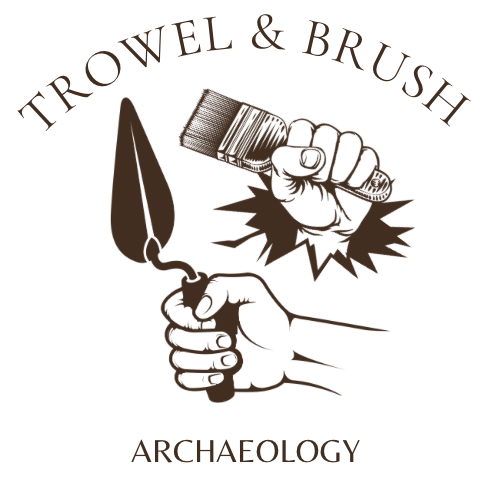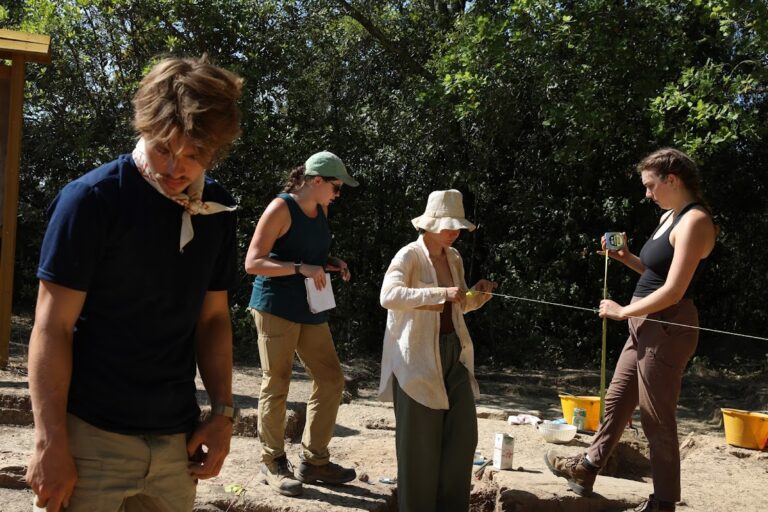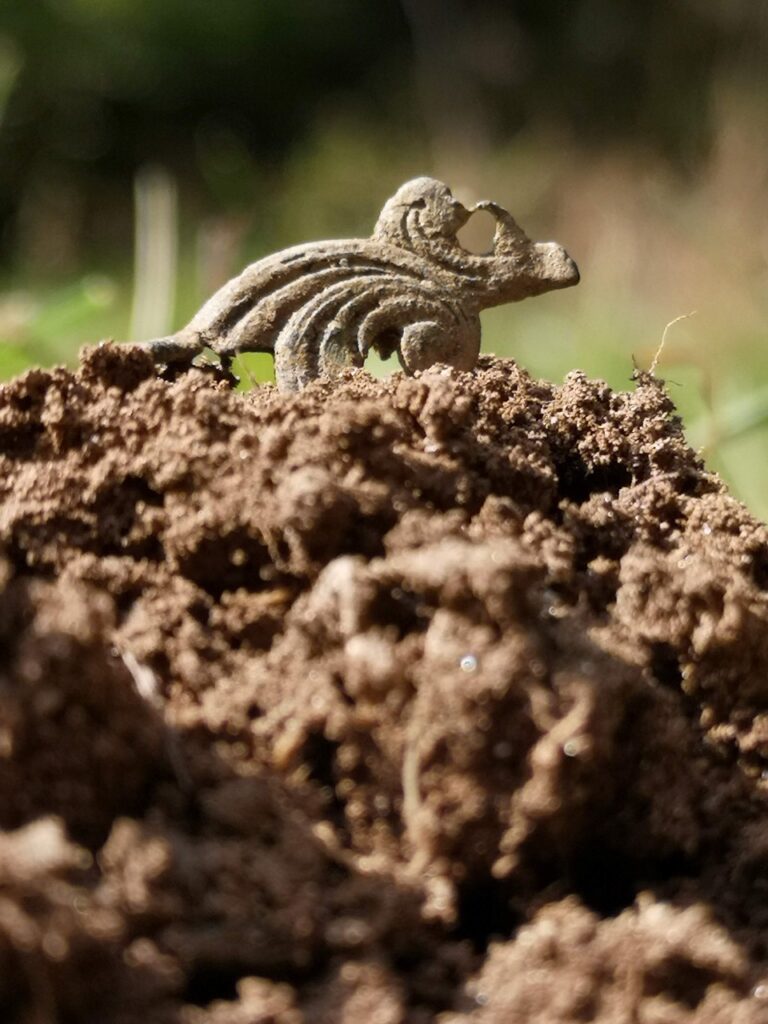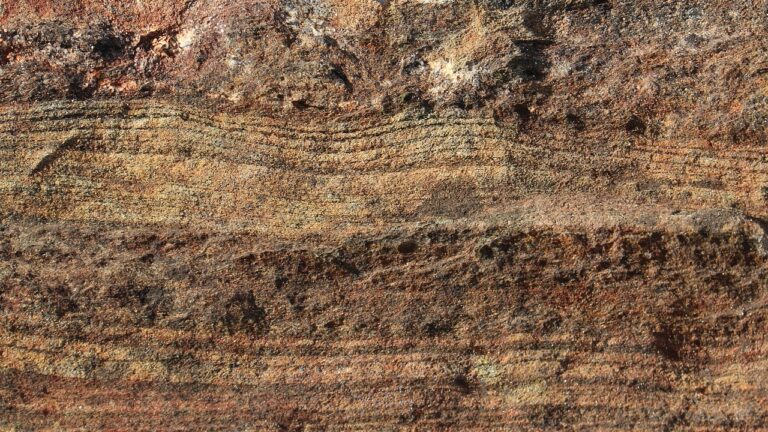What is an Archaeological Site?
Most people have watched archaeologists dig on TV or in the movies. Some of you may have visited “digs” or seen reconstructed ancient monuments after they have been restored by archaeologists. All of these “digs” are carried out at archaeological sites.
In this article, we will discuss what sites are, how they are formed, and review how they are found.
“A site is the smallest unit of space delt with by the archaeologist and the most difficult to define. Its physical limits, which may vary from a few square yards to as many square miles, are often impossible to fix.
About the only requirement ordinarily demanded of the site is that it be fairly continuously covered by remains of former occupation and the general idea is that these pertain to a single unit of settlement, which may be anything from a small camp to a large city. Upon excavation, of course, it rarely turns out to be that simple.
The site is the basic unit for stratigraphic studies; it is an almost certain assumption that cultural changes here can only be the result of the passage of time. It is in effect, the minimum operational unit of geographical space.” (Willey and Phillips 1958 : 18)
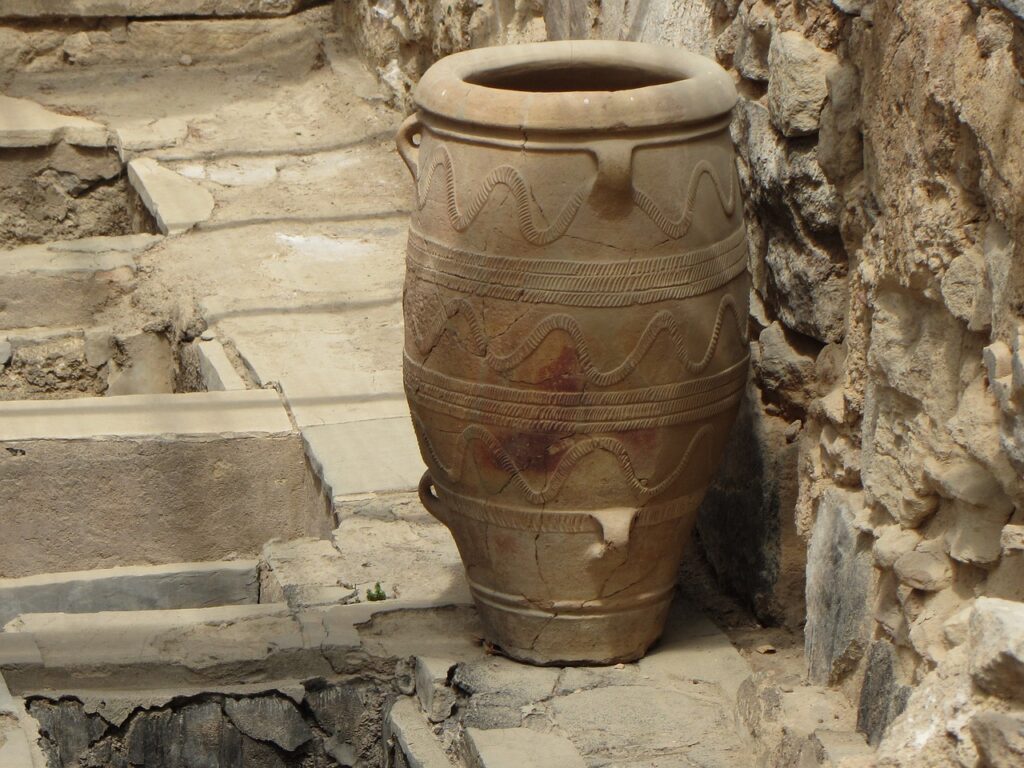
As pointed out by Willey and Phillips in their quotation, sites are the basic units of archaeological research since it is through them that we find the remnants of our collective past.
Types of Sites
- Prehistoric Sites:
These sites are the oldest and most mysterious. They reveal the early human history before the invention of writing systems.
Prehistoric sites can include cave paintings, rock art, burial mounds, and stone tools. Their most common types are habitation, kill, workshop, ceremonial, fishing, and butchering sites.
- Settlement Sites:
Settlement sites are where people lived and carried out their day-to-day activities. They can range from small villages to large cities.
Archaeologists excavate these sites to uncover evidence of ancient houses, buildings, streets, and infrastructure, providing insights into ancient societies, their social structure, and daily life.
- Burial Sites:
Burial sites hold a significant cultural and religious importance. They include tombs, graveyards, and burial mounds.
Archaeologists carefully excavate these sites to understand burial rituals, burial customs, and beliefs about the afterlife.
The artifacts and remains found in these sites offer valuable information about the deceased individuals and their cultures.
- Religious Sites:
Religious sites are places of worship and spiritual significance. They can be temples, churches, mosques, or other sacred spaces.
Archaeologists explore these sites to understand ancient religious practices, rituals, and the beliefs of the people who frequented them.
Artifacts, sculptures, and inscriptions found at these sites help us gain insight into ancient religious traditions.
- Industrial Sites:
Industrial sites are where people engaged in specialized activities like manufacturing, mining, or crafting. These sites can include workshops, factories, mines, or kilns.
Archaeologists investigate these sites to understand ancient technologies, production methods, and economic systems.
Tools, machinery, and waste materials found at these sites provide valuable clues about ancient industries.
- Trade and Port Sites:
Trade and port sites played a crucial role in ancient economies. They are locations where goods were exchanged, and ships were loaded and unloaded.
Archaeologists study these sites to understand ancient trade routes, commercial networks, and interactions between different cultures.
They often uncover valuable artifacts, coins, and shipwrecks that shed light on ancient maritime activities.
- Battlefield Sites:
Battlefield sites are where historical conflicts occurred.
Archaeologists study these sites to reconstruct the events, tactics, and weapons used in battles.
They aim to understand the strategies of ancient armies and the impact of warfare on societies.
The discovery of weapons, armor, and human remains can provide valuable information about ancient warfare.
Site Formation
The constant process of deposition and erosion, affecting all parts of the Earth’s surface, including areas once inhabited by ancient people, is a crucial aspect of studying archaeological sites.
It is not only the cultural content of these sites that interests us but also the characteristics and nature of the deposited materials.
Various mechanisms contribute to the deposition and movement of sediment within sites, such as aeolian (transported by air), fluvial (transported by water), glacial (transported by ice), and gravitational processes.
These mechanisms can combine and manifest in diverse ways.
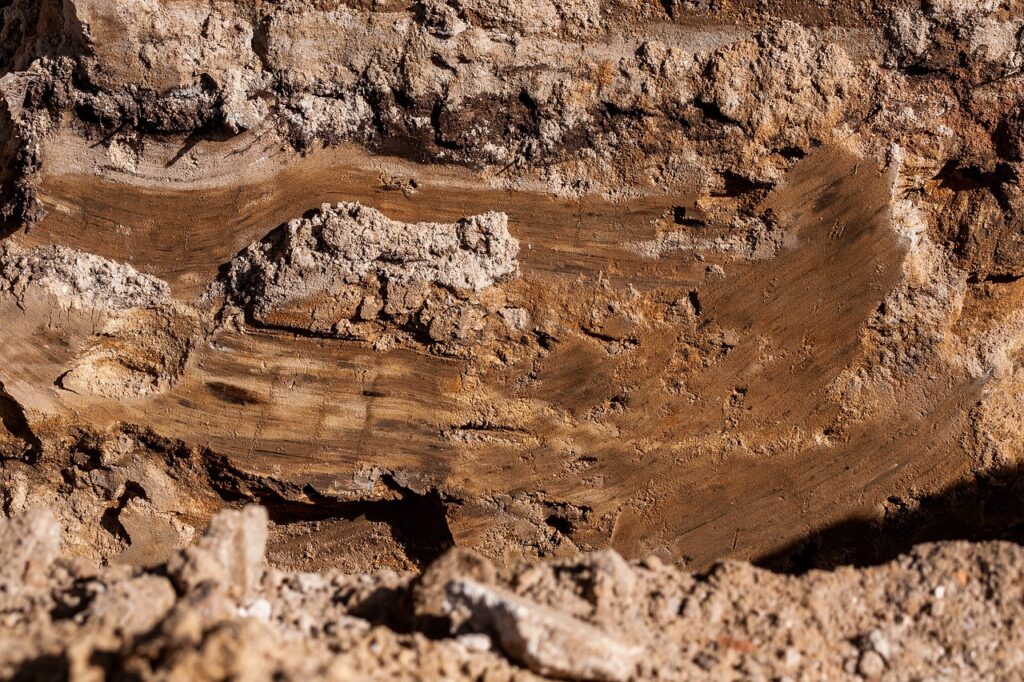
Between the Earth’s bedrock and the atmosphere lies the dynamic layer known as soil.
Soil is subject to constant change, influenced by the actions of plants and animals, climate conditions, and solar radiation.
Climate, in particular, holds significant influence, shaping and molding the areas it impacts.
This natural process leads to the accumulation of sediment and soil in a particular area over a considerable period.
When an archaeological site is deep and represents a lengthy span of time, its sediment layers often exhibit distinct zones with varying colors, textures, and particle sizes. These distinct zones are referred to as strata.
Sites and Society
When archaeologists discuss the occupation of a site, their focus is not on reconstructing the specific individuals who once resided there. Instead, their goal is to understand and reconstruct the society that those individuals belonged to.
By studying the activities and traces left behind at a particular site, archaeologists can uncover valuable insights into the social patterns and behaviors of the people who inhabited it.
These activities can shed light on aspects such as social organization, economic systems, cultural practices, and interactions within the community.
Through careful analysis of the archaeological evidence, archaeologists piece together a broader understanding of the society and its way of life, rather than solely focusing on the individual personalities of those who once lived at the site.
Site Survey
Archaeological sites are commonly identified through a process known as site survey, which involves search and discovery.
Prior to initiating a survey, researchers typically conduct a comprehensive examination of the area and gather any relevant information that can aid in determining potential locations.
This may involve studying maps, conducting interviews with local communities, and referring to historical documents or records.
The specific type of survey employed largely depends on the nature of the site under investigation.
For instance, the survey methods used to identify sites associated with hunter-gatherer societies would likely differ from those employed to locate the remnants of highly advanced civilizations or states.
Different approaches are tailored to suit the specific characteristics and cultural contexts of the sites being sought.
By employing appropriate survey techniques, archaeologists aim to locate and document archaeological sites, which serve as windows into the past, offering remarkable insights into human history and culture.
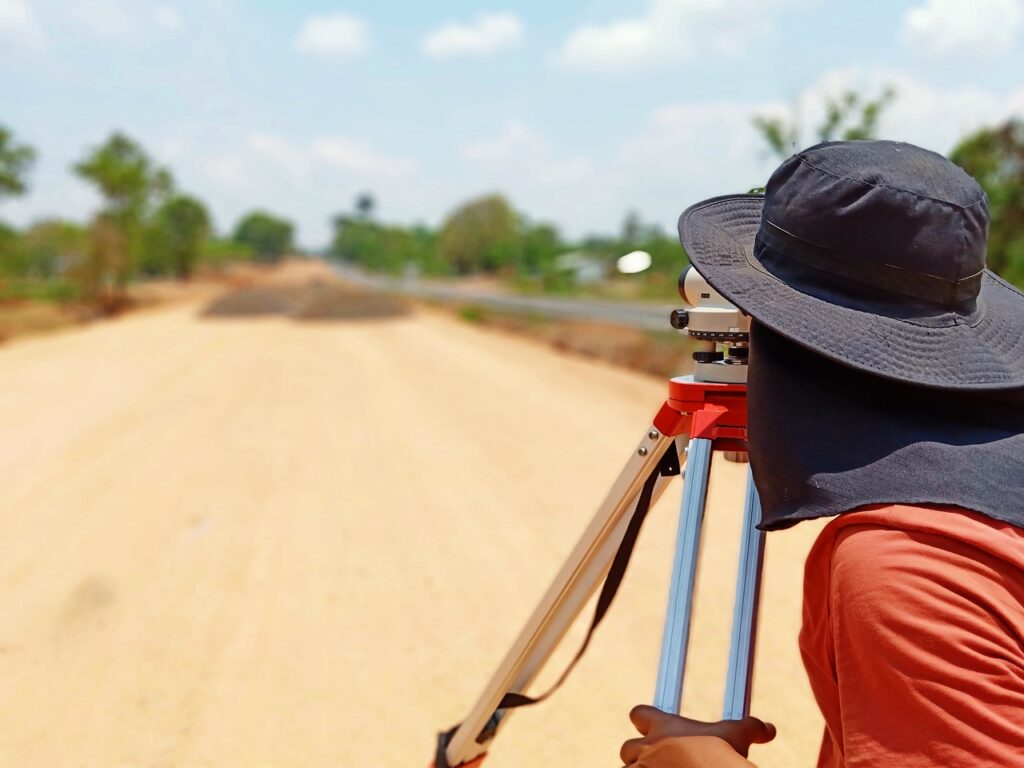
Conclusion
Intriguingly, archaeological sites hold the enigmatic keys that unlock the secrets of our past, beckoning us to explore the depths of ancient civilizations.
These captivating sites encompass a captivating array of wonders, from the enigmatic remnants of prehistoric settlements and the silent echoes of burial grounds to the hallowed grounds of religious sanctuaries, bustling trade hubs, and battle-scarred fields.
With each meticulous study and meticulous site survey, archaeologists skillfully weave together the threads of history, unearthing tales of daily life, social structures, cultural marvels, and the defining moments that have shaped humanity.
As we delve deeper into these enigmatic realms, our understanding of human history and culture expands, leaving us spellbound and thirsting for more hidden treasures yet to be discovered.
if you would like to know more about how archaeologists excavate these sites, check out our other article on the topic here: https://trowelandbrush.com/what-is-archaeological-excavation/
